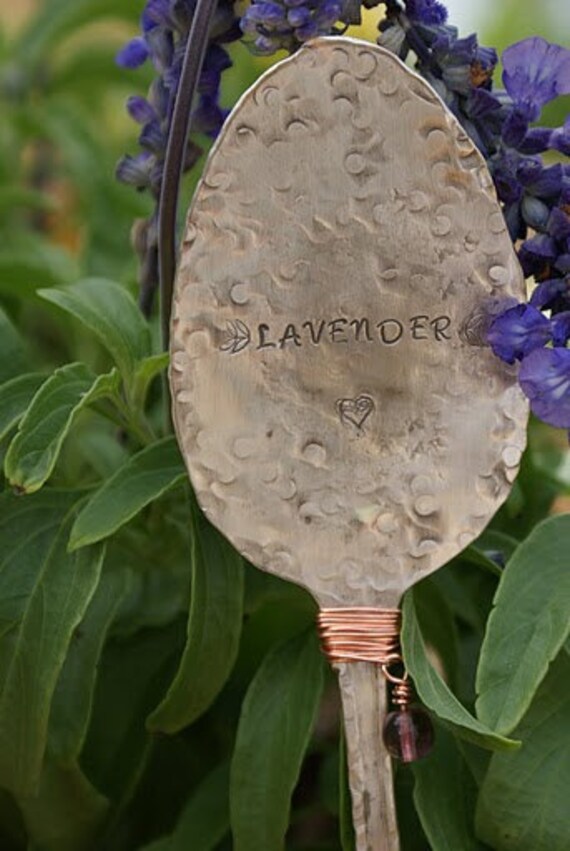We've lived in our home for well over a decade now and our landscape is showing it needs a lot of TLC. Life has finally slowed down for us and I am hoping that this year, I can work on our landscape and give it the much needed CPR it craves.
Like a lot of people my landscape is a combination of not having a complete landscape plan and not having a master gardener in the family. I had an idea in my head of what I wanted, but didn't completely put it to paper and the landscape has gaps. Areas of the garden are not developed completely and some of my ideas weren't that good. Plants have died and not been replaced. Some plants have thrived almost too well and have overwhelmed their area. Concepts were created, but time constraints left projects incomplete. And of course, you can't forget the "I feel in love with a plant at a nursery" syndrome. Some of the plants bought in haste have worked, others have failed and still others failed by dying.
 |
This is our landscape 7 years ago with one of my must haves:
a Snow Fountain Weeping Cherry Tree. |
I reviewed some early pictures of our yard. It looked so much better 7 years ago! The yard was greener, the beds were formed and the garden wasn't overgrown. Looking at the pictures from a while back makes our current situation even more disappointing. This past week I walked the perimeter of our house and yard and tried to take that hard look, really looking at the house not as I want to see it, but how it really looks. All I can say is "Ouch"; it really is crying out for help.
This is my TLC list for the Garden:
1.
Tree Pruning and Health: To maintain the health of a tree, branches need to be pruned, roots need to be fertilized and the tree may need help against fungus or other ailments. My trees need some or all of the above. Branches are too low, the apron is uneven, roots are showing through the lawn, some of the trees have overgrown their space are just some of my issues.
 |
I have 8 Arborvitae in my landscape.
Unfortunately three have bag worms. |
2.
Shrubs, bushes and conifers: We have overgrown shrubs and sickly conifers. It is time to remove some and others just need to be nursed back to health.
3.
Landscape beds and edging: There are some areas of the edging where I don't even know where the edging is supposed to be. The lawn either has grown into the bedding area or doesn't reach it. We haven't mulched for a couple of years (we were gone) and it shows. The areas that are rocked are covered with leaves so that the rocks don't show. Or in some areas the rocks have sunk and are now almost covered with soil.
4.
Lawn: Let's just say, our lawn does not look like our neighbor's lawn. His lawn is even, thick and the first to green up. Lucky for us, he lives across the street, we have a lovely view of their yard and he's a super nice guy so he's not rubbing our noses into the differences. But we really owe him a better view. Our lawn has areas that are really thin. There are places in the yard that have sunk. The lawn either has grown into the bedding area or doesn't reach it. The backyard is even worse. We have dogs. They dig, they run, they basically destroy. (But we still love them.)
5. Erosion: This one is serious and not just from aesthetics. The soil and ground under our front porch, side walk and driveway is eroding, sinking and creating gaps. This can cause cracks and worse. It could cause the porch to crack away from the home. This is really sad for a house that is only 12 years old. We will need to call in professionals.
6. Garden Plan: After everything is cleaned and revived there is still the issue that the garden lacks a finished look. I need to develop a cohesive plan and start the work that will give us the landscape we want.
Over the next few weeks, I intend to look into each of the six issues, blog what I am doing and my resources and hopefully nurse my yard and landscape back to health.



















